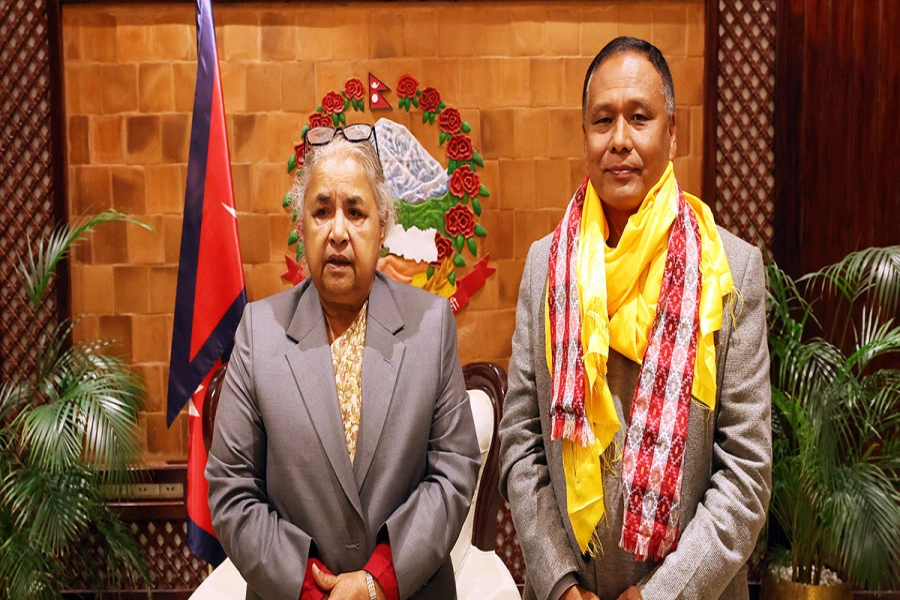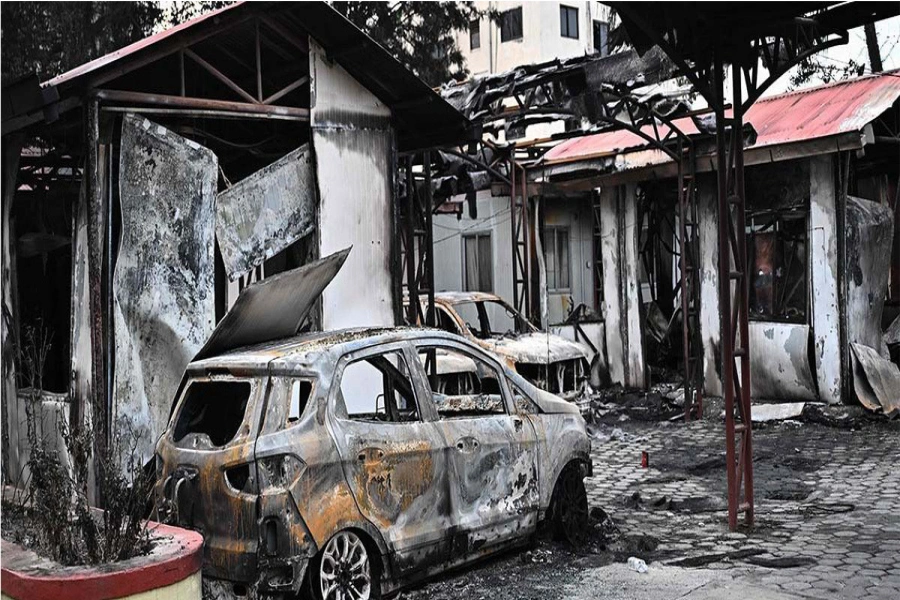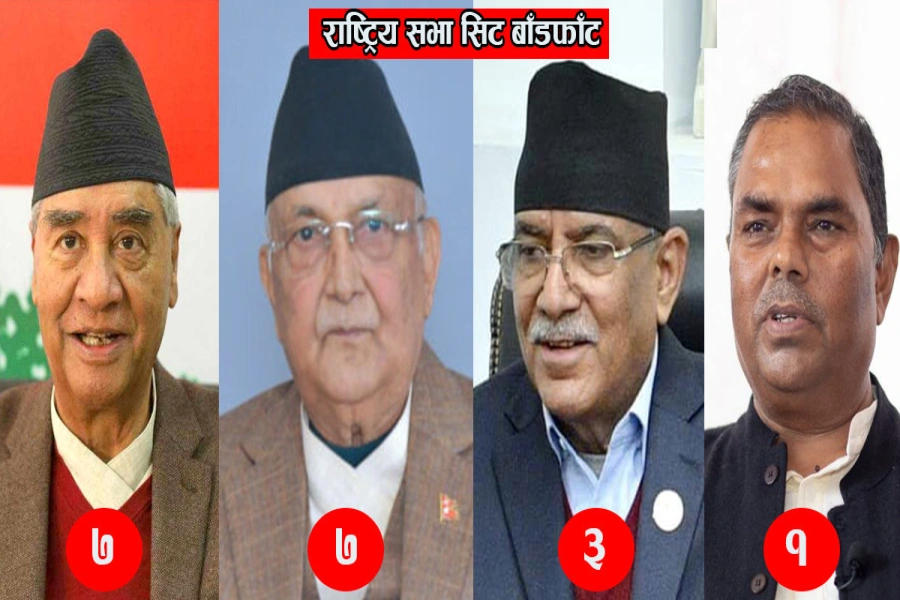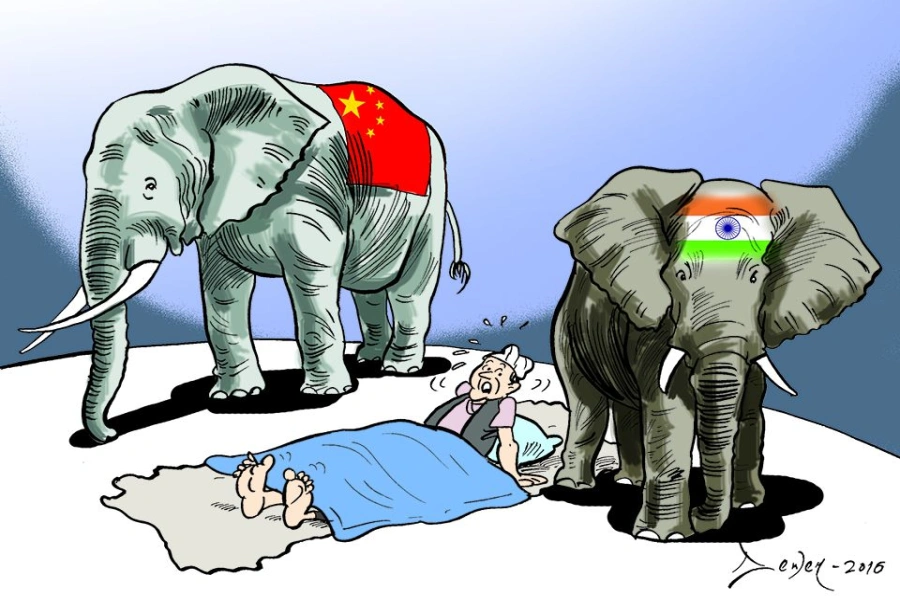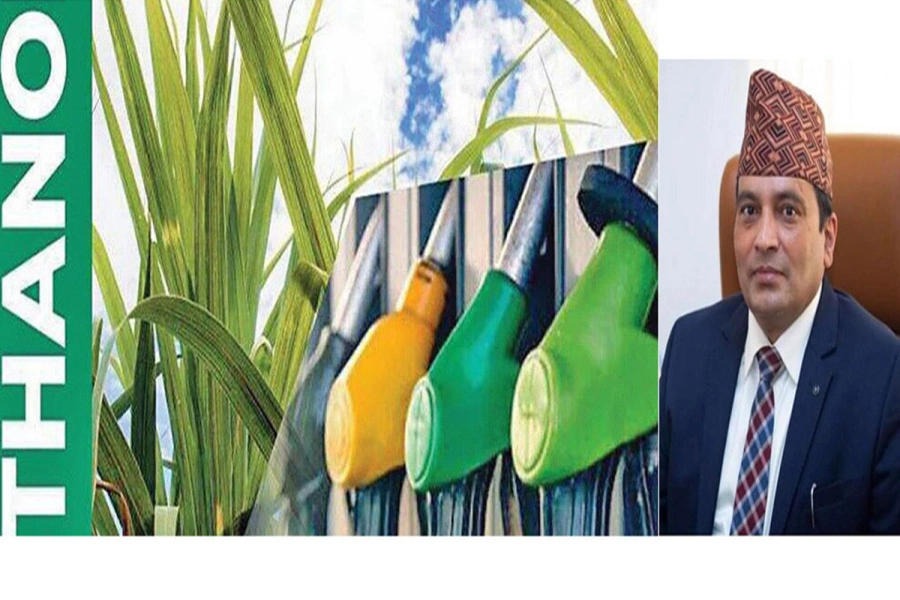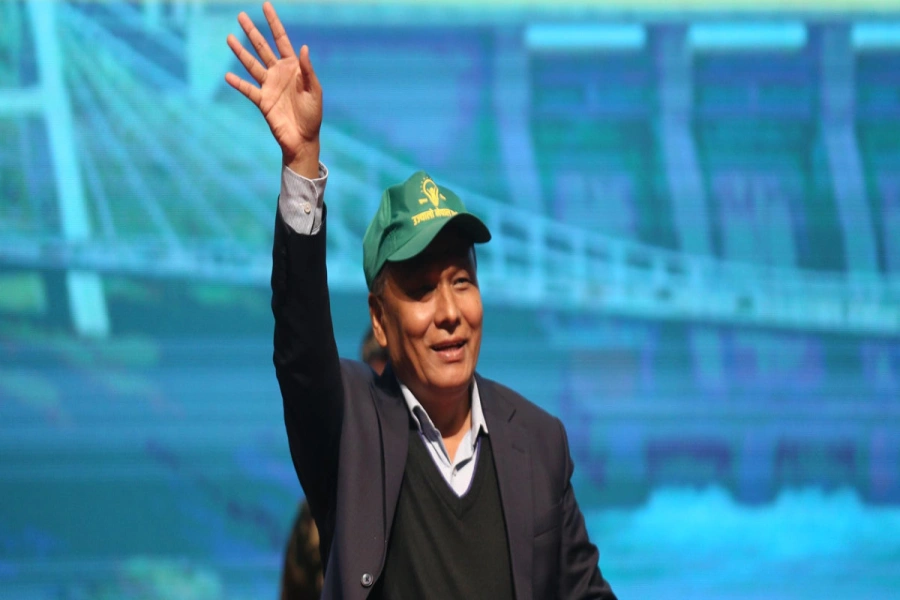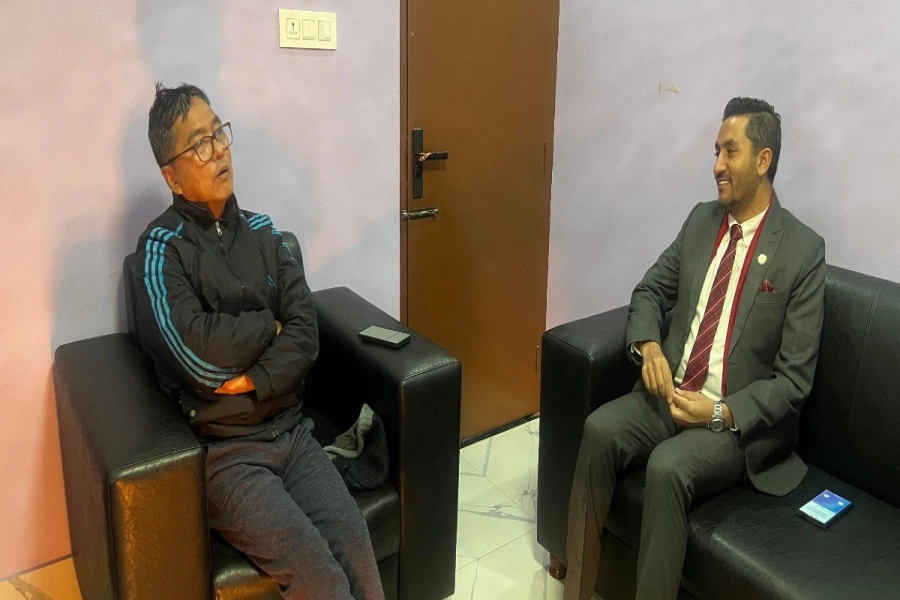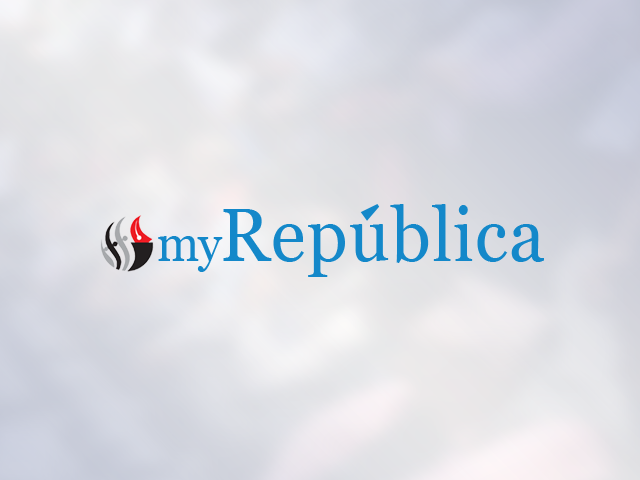After relative peace in the past two years, Nepal’s political landscape seems to have entered a new season of protests, with the country’s two major political parties taking to the streets against the government. Days of protests over the week by the Rastriya Swatantra Party (RSP) in Pokhara and the CPN (Maoist Center) in Kathmandu on Saturday show early signs of a shift, as public discontent over the government’s failure to deliver on its promises spills over into street demonstrations. While the RSP — the fourth largest party in the federal parliament — has announced its intention to continue protesting against the KP Sharma Oli-led government, the Maoist Center, the third largest and the main opposition party in the Lower House, has announced that it will organize a series of protests against what it calls anomalies, corruption and price hikes in daily essentials. A few other fringe parties, including the Rastriya Prajatantra Party, are also considering staging protests, although with different agendas. These developments suggest that the country is on the verge of a fresh round of chaos. While the protests are currently small in scale, they are likely to intensify if the ruling parties fail to address the protesters' legitimate concerns. It is within the power of the government, comprising the largest party, Nepali Congress (NC), and the second largest party, CPN-UML, to prevent this season of protests from escalating into a broader political crisis.
The last time Nepal witnessed massive protests was when the rival factions of the then-ruling Nepal Communist Party (NCP) staged protests after Chairman K P Oli decided to dissolve parliament and call for early elections in May 2021 amid a widening rift within the party. The NCP faction, led by Pushpa Kamal Dahal and Madhav Kumar Nepal, supported by the Nepali Congress, took to street protests against the prime minister’s unconstitutional move. The protests ended after the Supreme Court revoked Prime Minister Oli's decision to dissolve the parliament, setting the stage for a Congress-led government in the run-up to the general elections. There were also sporadic protests against the agreement Nepal entered with the US to implement MCC-funded projects in early 2022. Although the agenda of the protests two years ago was political in nature, the focus of the current protests appears somewhat different. At the heart of the rising discontent now lies the government's failure to deliver on its promises. Ordinary people have been left frustrated by the government’s inability to address issues such as economic stagnation, unemployment, corruption, poor governance, and the lingering impacts of the COVID-19 pandemic. People are dissatisfied with how the country is being governed. It would be wrong for the government to view those taking to the streets as merely supporters of the opposition parties. The government should make no mistake that a large number of them are citizens frustrated by the unfulfilled promises of the parties currently in power. The traditional political actors in the country must also recognize that people are even ready to seek alternatives if those in power continue governing as they are now. RSP’s emergence as the fourth largest party within six months of its founding ahead of the 2022 general election could be taken as a textbook example.
Beauties, build the thick skin

Nepal has well-established precedents of street protests leading to significant political changes, including the restoration of democracy in 1990 and the abolition of the 240-year-old monarchy following the successful people’s movement in 2006. As the protests of opposition parties seem to gather momentum in the coming days, we urge the government to acknowledge that its failure to address critical issues is the root cause. The ruling parties must listen to the concerns of the people and take appropriate measures rather than dismissing the protests as temporary and politically motivated. Transparency, accountability, and a genuine commitment to addressing issues such as economic stagnation, unemployment, inefficiency, and corruption — challenges that ordinary people are facing — could defuse the situation before it worsens. The government must view these protests as the opening acts of what could become a larger movement if not addressed in time. It is high time the government acted with urgency to respond to the voices of protest with meaningful reforms and a commitment to ensuring good governance.



